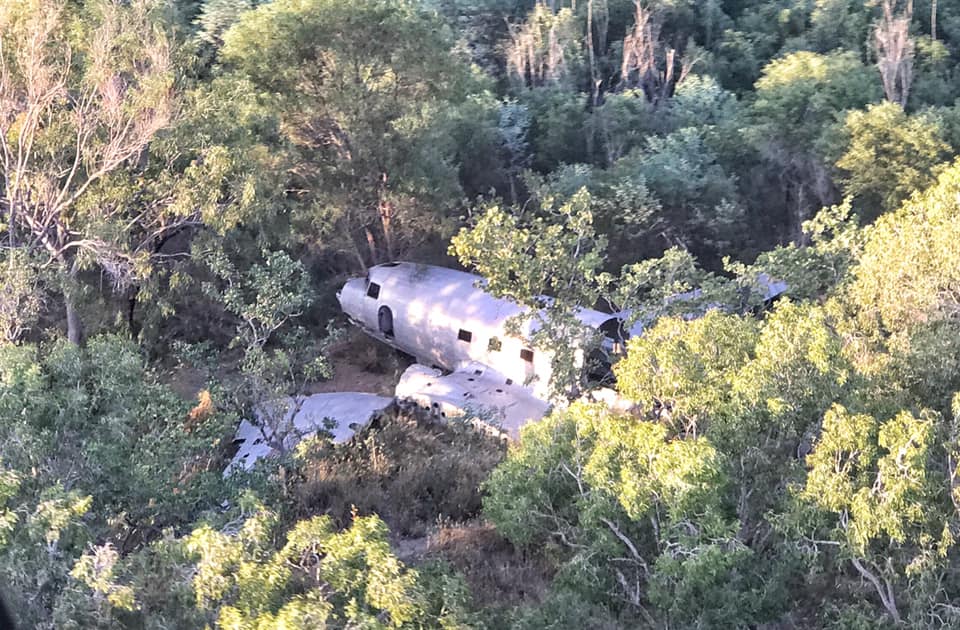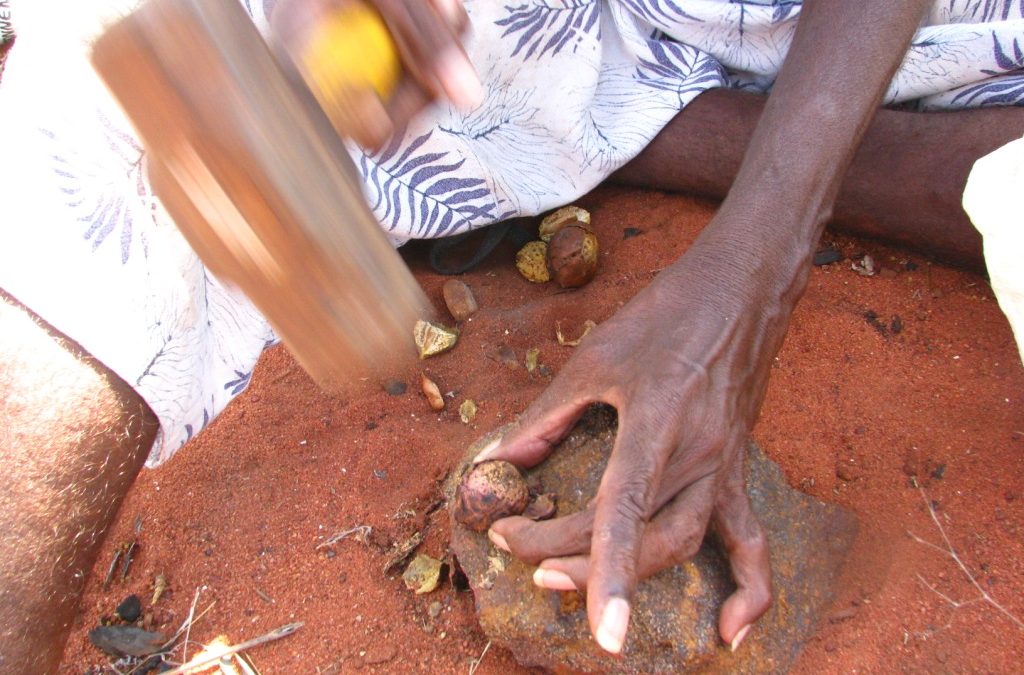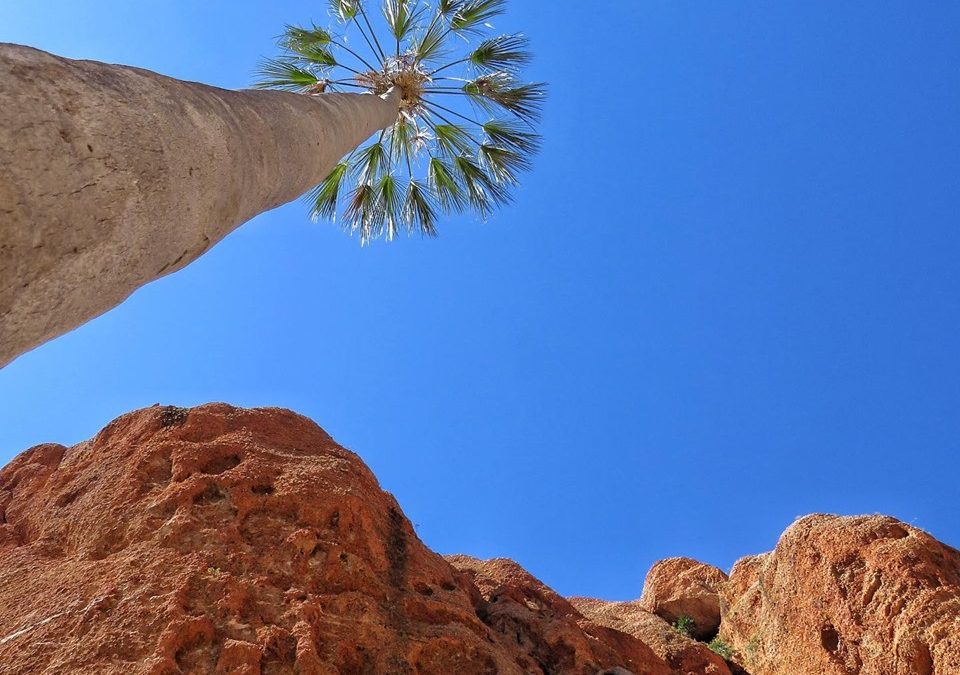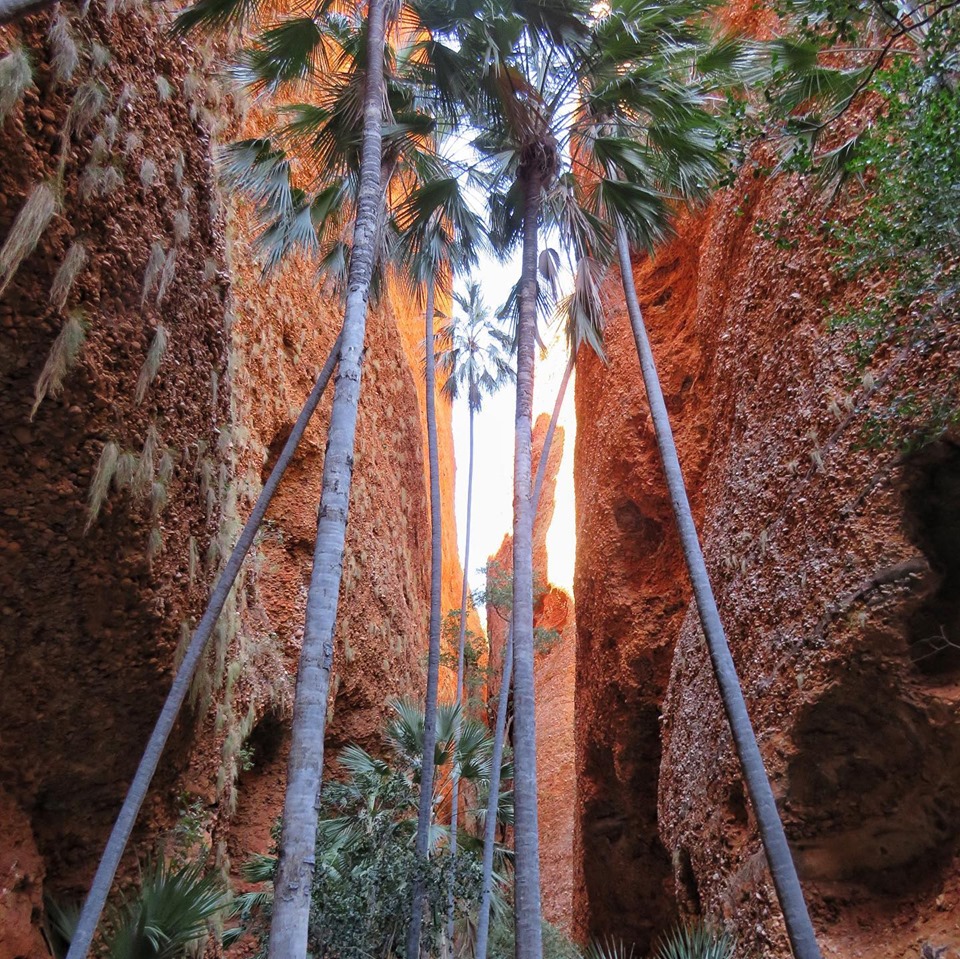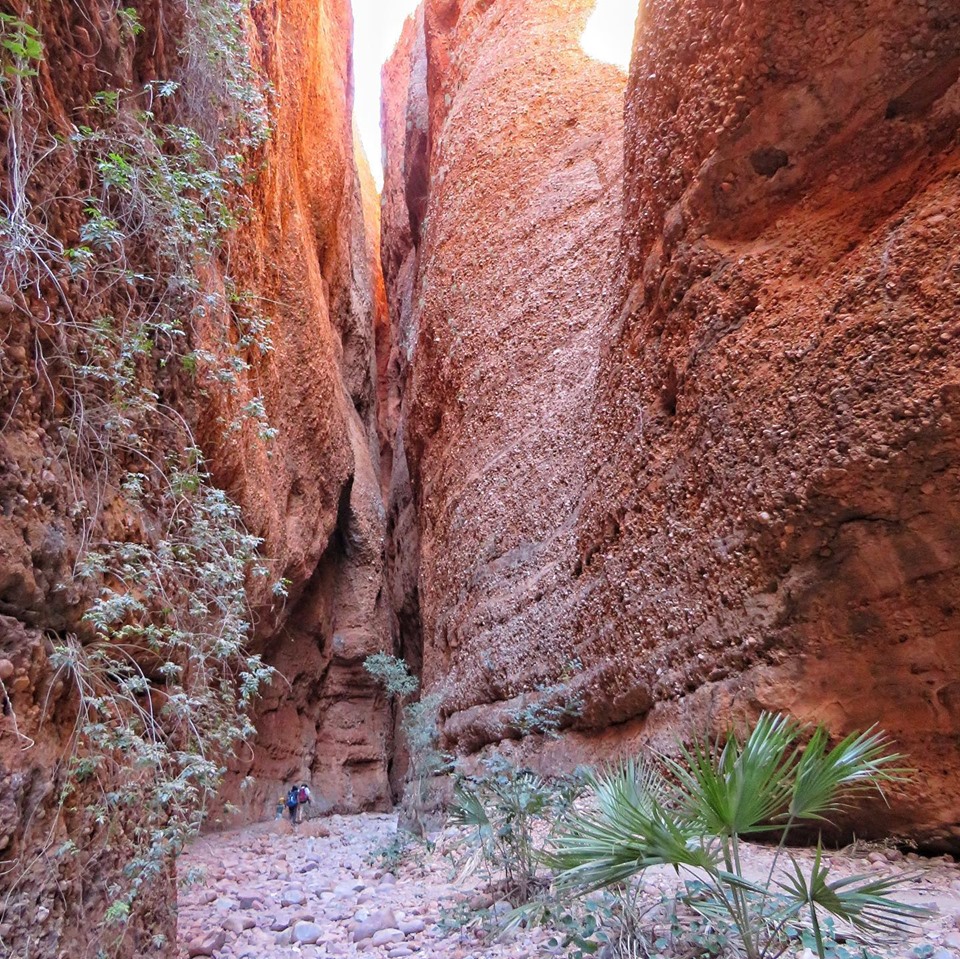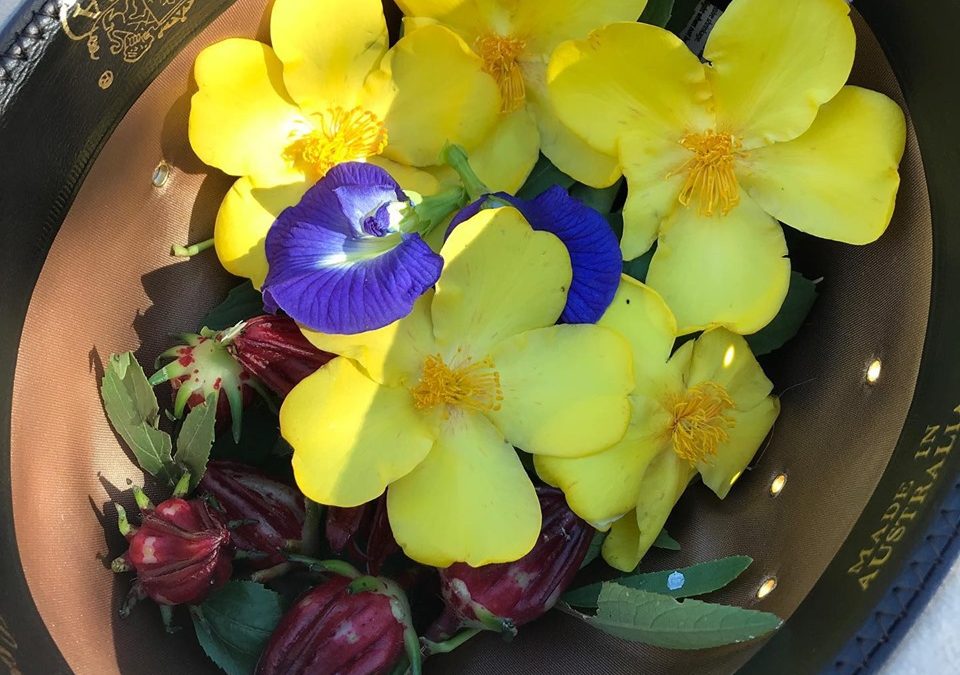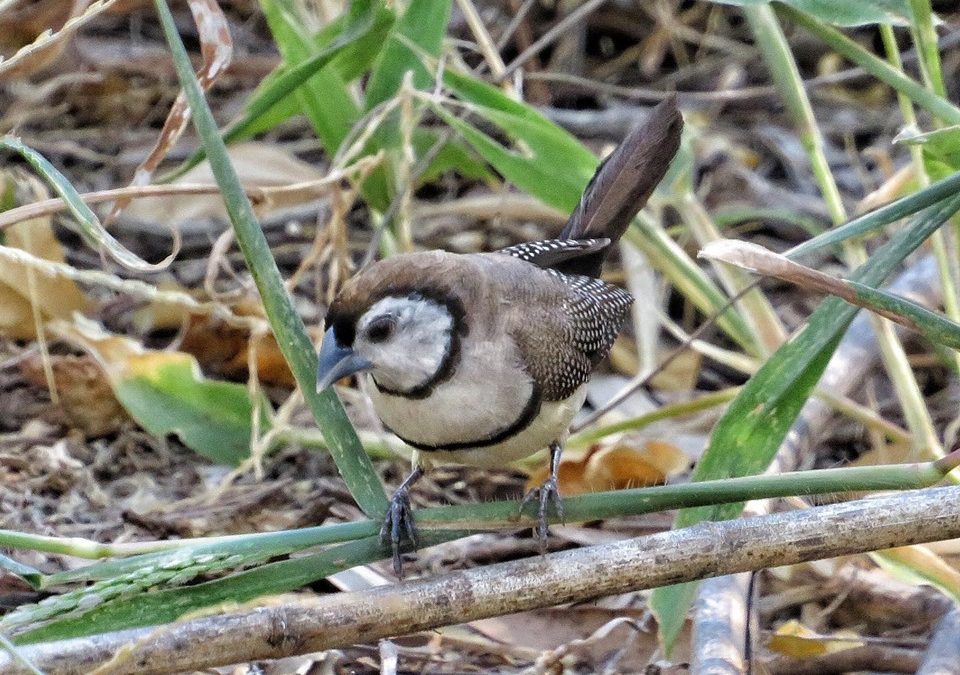
Finches and Fire
FINCHES and FIRE, the landscape has changed over the years, with greater areas in Northern Australia being burnt, causing damage to food sources and habitat for many species. This little double barred finch along with his cousins the Gouldian finch are just one species that suffer from the effects of fire. As they rely on grass seed, with some grass only seeding every few years, if the area is burnt annually they have no food for breeding season.
There is change happening with organisations such as @australianwildlifeconservancy who have collaborated with CSIRO to reduce the frequency and quantity of fires being lit in the North West Region of Australia.
Check out their eco fire video to understand what they are achieving. https://youtu.be/mSn2gv3tP60 @ Lake Argyle



